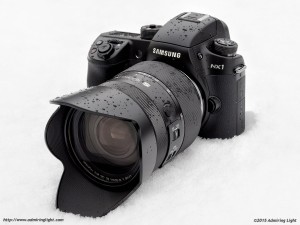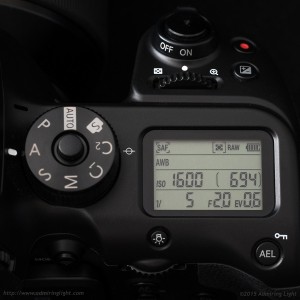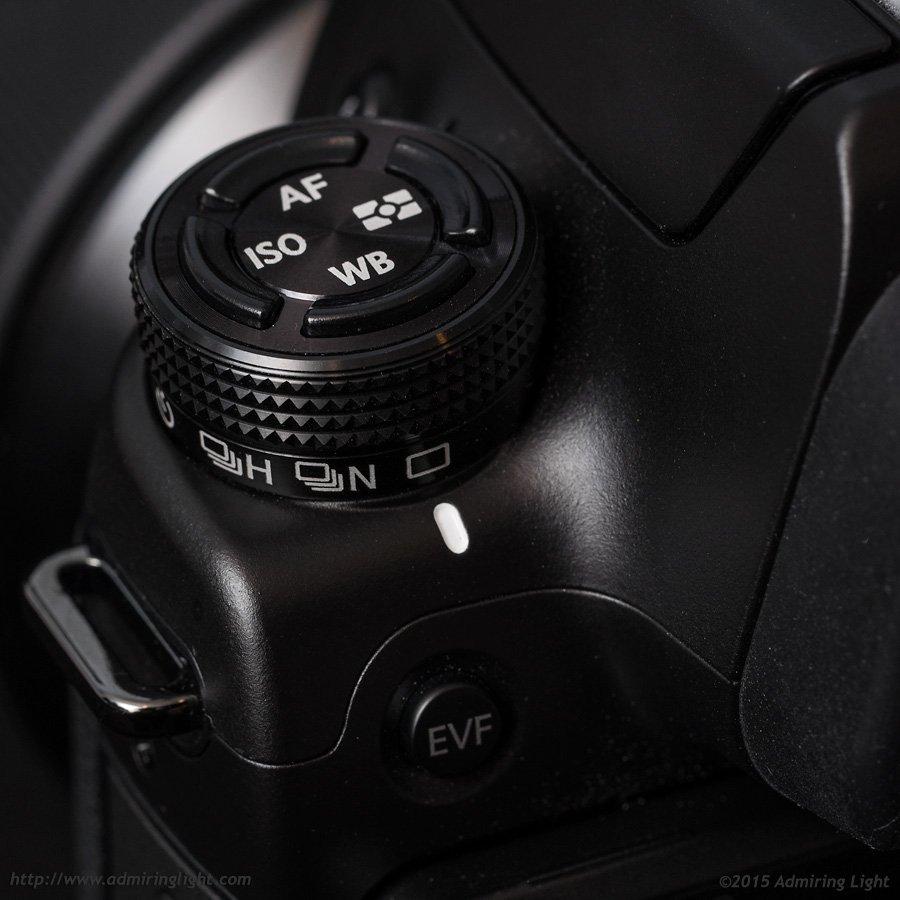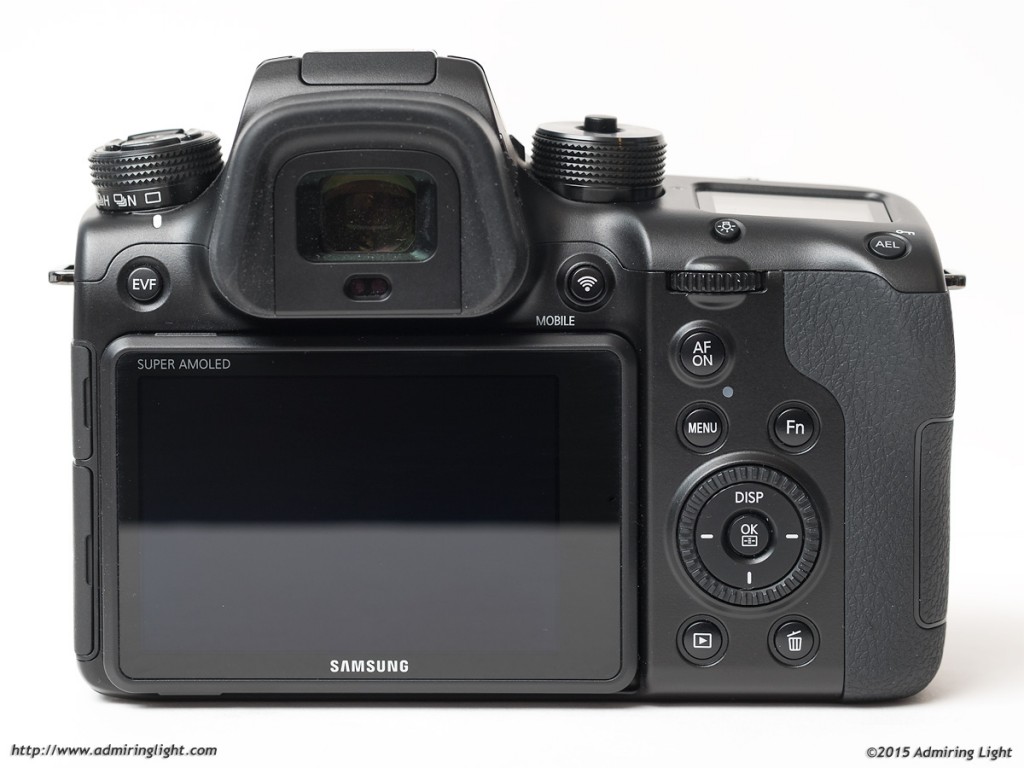Samsung. It’s not a brand that one typically associates with high-end photographic gear, but rather all manner of other electronics products such as televisions and now smartphones. But as they’ve done with smartphones and televisions, Samsung has proven the ability to make a splash in new industries and not only compete, but dominate. Samsung entered the interchangeable lens camera market back in 2010, with their first NX mount APS-C mirrorless camera. They’ve been expanding their lens line, improving their cameras, and made a big splash at Photokina this year with the release of their high-end NX1 mirrorless camera. I’ve wanted to review the Samsung NX1 ever since I first held it at Photokina, as I was immediately impressed by the responsiveness and thoughtfulness of the design. Samsung doesn’t seem satisfied being an afterthought in the industry, and they are hopeful that the NX1 is the camera that serves as a wake-up call to photographers to pay a bit more attention at the Korean manufacturer. The NX1 is a pro-grade weathersealed body with a new 28 megapixel APS-C sensor, fast hybrid autofocus and the ability to track motion while rattling off an impressive 15 frames per second. Does it hit the mark? Let’s find out.

If you’re not familiar with my reviews, I review from a real world shooting perspective. You won’t find lens charts or resolution numbers here. There are plenty of other sites that cover those. I review products on how they act for me as a photographic tool. I am not a videographer, so my reviews concentrate on the still imaging capabilities of a camera.
The NX1 was reviewed with Firmware version 1.2.
Construction and Handling
The Samsung NX1 is a mirrorless camera that sort of eschews the common thinking about mirrorless. It’s not just about small size, but simply a different way of viewing through a camera lens. The NX1 is not a small camera. It’s one of the largest mirrorless cameras around, with an SLR style and an SLR size. It’s similar in dimension to a prosumer grade DSLR such as the Canon 70D or NIkon D7100, though the NX1 is a fair bit lighter than either of those two cameras. However, the NX1 is targeting professionals with this camera, who may not care about being super discreet, but want a camera that is robust, handles well and feels comfortable with big fast glass. And on that note, the NX1 succeeds.

The NX1 is a solidly built camera with a magnesium-alloy shell, robust weathersealing and generally well conceived and constructed controls. The main grip is large and contoured to your hand, with a nice soft rubber for extra grip. The camera feels wonderful in the hand. It’s extremely comfortable to shoot, even when a large lens like the new 16-50mm f/2-2.8 zoom (reviewed here) is mounted to the camera. I shot with the 16-50mm primarily during the testing period. This is a fairly hefty combination, and the NX1 handled quite well with this large lens strapped to the front. Samsung has previewed an upcoming 300mm f/2.8, and the NX1 should handle great with that supertelephoto on as well. It’s not a camera that can easily slip in a jacket pocket, but that’s certainly not the shooter that Samsung is targeting with the camera.
The dials and switches all have nice positive action, with the mode dial and drive mode dial feeling great. The rear screen tilts up and down and the tilting mechanism is quite robust, though I wish the little tabs for facilitating the tilt were slightly larger. A few of the buttons are a bit small, such as the four buttons that sit on top of the drive mode dial, which can make operation with gloves a bit fiddly, but overall Samsung has done a great job with ergonomics and construction.
The only real issue I had with the construction of the camera was the small area for the memory card door. The door is on the side of the grip, which is a great place for it, but the cutout is deep when the door is open, and the card slot is very close to the door. As a result, removing the SD card can be quite difficult. I eventually started trying to ‘shoot’ the card out by pressing down on the spring-loaded release and popping my finger off the card so the card would come out further.
While I didn’t shoot in lots of inclement weather, the weathersealing seems quite robust, and the gasket that surrounds the 16-50mm zoom presses tight to the lens mount, ensuring that no moisture can make it into the camera. The overall impression when handling the camera is one of quality.
Operation and Controls

The NX1 is built around a modern control system, with a standard PASM dial for changing modes and two main command dials for controlling major image parameters. The front command dial is situated behind the shutter button, which will feel right at home for Canon shooters. The rear command dial sits just above the rear thumb rest.
There is a third dial on the back, which Samsung calls the ‘custom dial,’ that also functions as a four-way controller. Prior to firmware 1.2, the customization of these dials was a bit limited, but Samsung removed these limitations with the latest firmware update and now allows for any of the main exposure elements to be controlled by these dials.
As I shoot in Aperture Priority mode for a large portion of my shooting, my preferred setup was to utilize the front dial for aperture and the rear command dial for exposure compensation. I then put direct access to ISO on the custom dial. In manual mode, the command dials take care of shutter speed and aperture.
One of the nice touches Samsung has added is something that is standard on pretty much any DSLR, but is conspicuously absent on mirrorless cameras. The NX1 features an informational LCD display on the top of the camera that notes the shutter speed, aperture, ISO, exposure compensation, AF setting, shots remaining, metering, file size, battery level and white balance. Part of the reason other mirrorless cameras don’t have such a display is that there isn’t room, so the NX1’s larger size allows for this addition.

The NX1 also features a dedicated drive mode dial that sits on the upper left shoulder of the camera and allows quick access to high-speed burst drive, self time, bracketing modes and so on. Thankfully, the hard to operate drive mode lock switch that was present on the pre-production version of the NX1 that I handled in September has been removed from the camera.
On top of the drive mode dial sit four buttons providing direct access to ISO, autofocus settings, metering and white balance. Additional controls on top of the camera include an exposure lock button, the move record button and a button that formerly was the only way to access exposure compensation, but has now been made less important since exposure compensation can now be assigned to a dial. The EC button oddly cannot be reprogrammed (at least, it’s not in the keymapping menu).

The rear of the NX1 has a fairly standard complement of buttons, with the aforementioned custom dial serving as both a third wheel and a four-way controller. Each of the four control directions can be programmed to a variety of functions. There is a dedicated Fn button, an AF On button, a dedicated Wi-Fi access button and the standard Menu, Playback and Trash buttons. On the upper left side sits a toggle for the EVF behavior. There’s nothing out of place on the rear and the only flaw in the design is that the four-way controller buttons can sometimes be activated while utilizing the custom dial. The front of the camera features a lone button, which serves as a depth of field preview button, which is a nice touch.

The menu system on the NX1 is broken down into four tabs for still shooting, movie recording, customization and camera settings. As this was the first time I’d really shot with a Samsung camera, the menu system took a bit of getting used to. Most things are where you’d expect them to be based on the major tab groups, but a few things are in odd locations. For instance, bracketing options are a sub-menu under Drive Settings, which is an odd choice in my opinion.
The menu can be navigated using the touch screen, but I found that the sensitivity of the screen was a bit too high, which often caused me to scroll past items in the menu. Eventually, I settled into navigating the menus simply by using the four-way controller.
Continue: Viewfinder and Performance





Leave a Reply